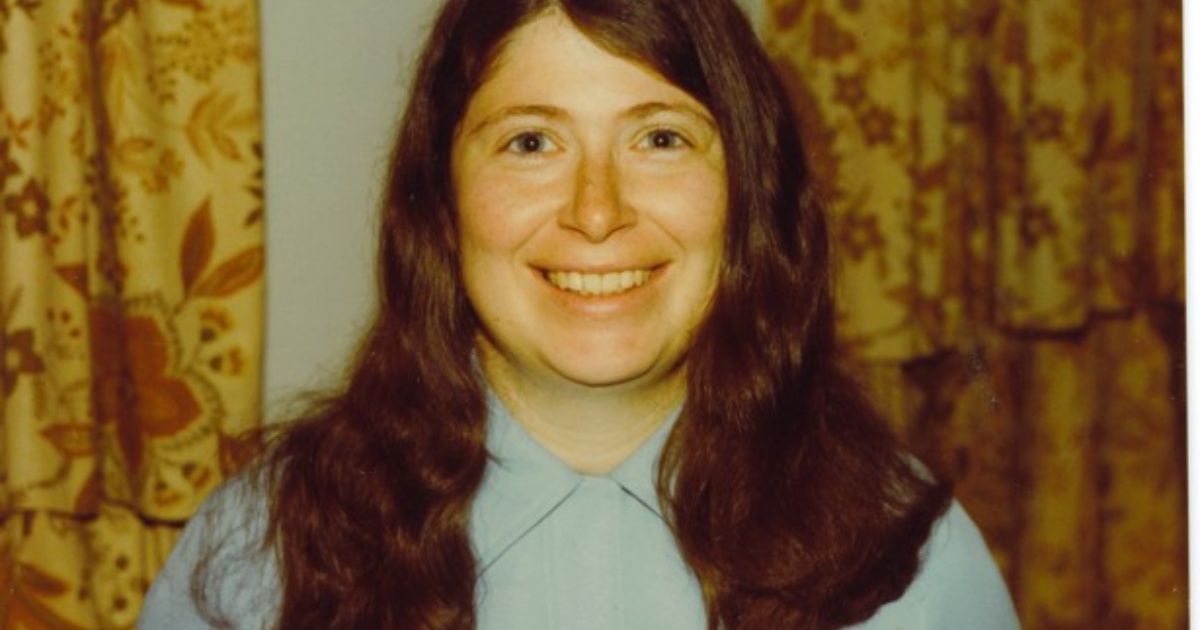Does the Internet Have a Mother?
-
-
slice.mit.edu
Filed Under
Recommended

A half-century ago, Radia Perlman '73, SM '76, PhD '88 was a kid growing up in Asbury Park, New Jersey, with no particularly grand ambitions.
In an interview with The Atlantic Monthly this week, Perlman, often dubbed “the mother of the Internet,” discusses how her ordinary curiosities, though, emerged into a pursuit of math and computer science, which she majored in at MIT in the 1970s and 80s. Perlman also notes how radically, in her view, those disciplines have changed since she began.
Perlman first encountered computer science in high school. “I walked into the class, and all the other students were talking about how they had built ham radios when they were seven,” she recalls. “I didn’t even know what a ham radio was. They were also asking questions using scary words like ‘input.’ I had no idea what that meant, and it felt like I was so far behind that I’d never catch up. I wound up not getting anything out of that class.”
At MIT, Perlman learned some code from a boyfriend, and then she quickly earned attention—and a job—for her talents.
“My first paying computer job was in 1971 as a part time programmer at the MIT AI lab, in the Logo group,” she says, “writing system software like debuggers. I worked there while going to school.”
“Then I got inspired to design a programming language, together with special keyboards and other input devices, for teaching programming concepts similar to Logo, but to much younger children. This was actually a cool project…and decades later some people from the MIT Media project tracked me down and said this project started a whole field known as ‘tangible computing.’ But at the time, I abandoned it because, being the only woman around, I wanted to be taken seriously as a scientist and was a little embarrassed that my project involved cute little kids.”
In her sophomore year, Perlman said, she moved from McCormick Hall into the Institute’s first coed residences.
“It became so normal to me not to see women around that I didn’t notice the gender imbalance. It was only when occasionally there was a(nother) female in a class that I’d notice that it kind of looked weird…this other gender person looking curiously out of place in the crowd. I’d have to remind myself that I was also that ‘other gender,’” she says.
In between her master’s and PhD work, Perlman entered private industry, working at BBN, Digital Equipment Corporation, Novell, and Sun Microsystems. She is currently an Intel Fellow in Seattle. In 2010, Perlman received the ACM Sigcomm Award.
While Perlman holds more than 80 patents and has co-authored two books, she is perhaps best known for her work at Digital. There she worked on the routing for DECnet, including the Spanning Tree Protocol (STP), which ensured active paths between network nodes for computers sharing information. STP continues to be the Institute for Electrical and Electronics Engineers’ (IEEE) standard.
So was Perlman, in fact, one of the Internet’s parents?
“The Internet was not invented by any individual,” she says. “There are lots of people who like to take credit for it, and it drives them crazy when anyone other than them seems to want credit, so it seems best to just stay out of their way. I did, indeed, make some fundamental contributions to the underlying infrastructure, but no single technology really caused the Internet to succeed. And sometimes, things get invented multiple times until the time just happens to be right. The thing that happened to be there at the right time isn’t necessarily better than the other ones.”
The Atlantic Monthly's senior editor Rebecca Rosen also interviewed Irene Greif '69, SM '72, PhD '75 this month.
Picture (top): Radia Perlman during her MIT years.







